Many world- famous destinations have suffered serious natural disasters, causing local tourism to suffer.
SCMP has compiled a list of natural disasters that have occurred at famous locations. The tourism industry at these destinations has been severely affected, with hotels and restaurants damaged, travel agencies closed, and local people losing their jobs. Since the beginning of the year, there have been four major natural disasters at famous destinations.
Rhodes Island, Greece: Wildfires
Wildfires ravaged parts of the world this summer. In July, during the peak tourist season, strong winds swept across the arid island of Rhodes, sparking a blaze that burned for weeks.
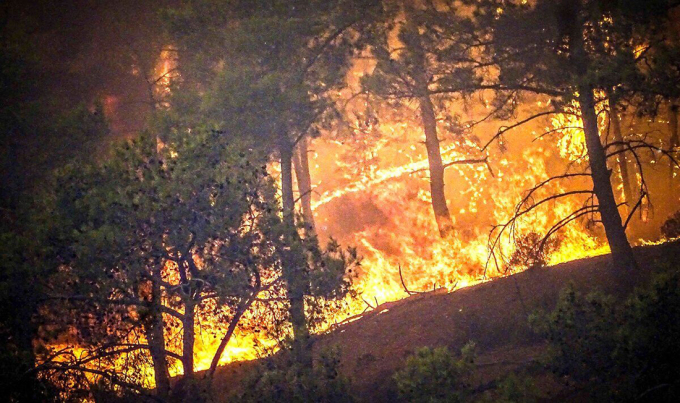
Wildfires on the Greek island of Rhodes, photographed in July. Photo: AP
Residents and tourists have taken refuge in schools and other shelters as the fire threatens coastal resorts and villages. World media have described the evacuation from Rhodes as "the biggest in Greek history" as nearly 19,000 people have been evacuated from the island since July 22 by sea.
For nearly two months, the Greek government has been trying to rescue the local tourism industry. Officials on the island of Rhodes say the destination is safe and ready to welcome visitors from all over the world.
Greek Prime Minister Kyriakos Mitsotakis has agreed to offer tourists whose tours were canceled during the wildfires a free week's stay in Rhodes in 2024. In 2022, Rhodes welcomed around 2.5 million visitors, more than it did before the pandemic.
Hawaii: Wildfires
The town of Lahaina on the west side of Maui, where people once lived by hunting whales, is one of the most popular vacation spots in the Hawaiian Islands.
In addition to the beaches, the town also attracts visitors with dozens of art galleries, souvenir shops and restaurants.
Last August, a devastating wildfire swept through the island of Maui. According to the National Fire Protection Association, the Maui wildfire was more destructive than the 2018 Fire in Northern California that destroyed the town of Paradise and killed 85 people. The Maui wildfire was also considered the deadliest in the United States in 100 years. According to Reuters , at least 185 people died. 2,200 buildings were damaged or destroyed, with an estimated loss of nearly $6 billion.
Tourism experts fear the fire will have a lasting impact on tourism in Maui and the Hawaiian Islands as a whole. After the fire was brought under control, local authorities urged tourists to temporarily stay away from Maui to make room for locals. 1,000 hotel rooms were set aside for evacuees and duty personnel.
Morocco: Earthquake
The shifting of the African and Eurasian tectonic plates was a major factor in the September 8 earthquake in Morocco that killed thousands. The US Geological Survey (USGS) said it was the strongest earthquake to hit the North African country in a century.
The epicenter of the 6.8 magnitude earthquake that struck last Friday night was the High Atlas Mountains, about 166 km southwest of the heritage city of Marrakech, central Morocco, in Al Haouz province. This is also where the highest number of casualties occurred.
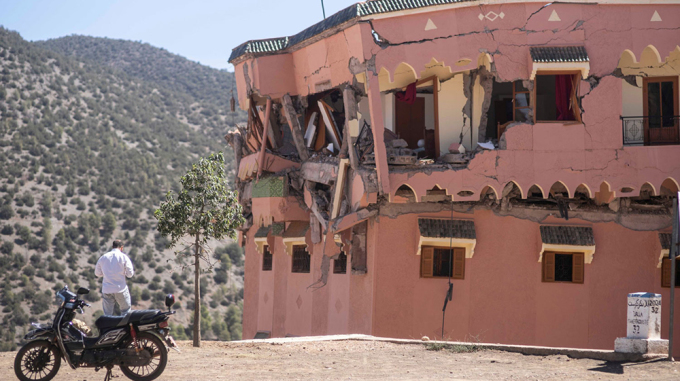
A hotel in the village of Moulay Brahim, south of Marrakech, was damaged after the earthquake. Photo: AP
Marrakech was severely affected by the earthquake, with many historical buildings severely damaged. Since September 11, all historical sites in Marrakech, including the Bahia Palace, the Saadian Tombs and El Badi Palace, have been closed.
Marrakech has always been a top destination in Morocco. In 2022, the city welcomed 10.9 million visitors, an increase of 3.7 million from the previous year, according to Morocco World News.
Sikkim, India: Avalanche
Last April, an avalanche in the state of Sikkim, one of India’s most scenic tourist regions, killed seven tourists and injured 17. The group was buried by the snow while hiking along Nathu La, a Himalayan pass between India and Tibet.
Scientists say climate change has increased the risk and intensity of avalanches in Sikkim, India’s northeastern border state. Deforestation is another factor, as trees are cut down, leaving the soil loose and unstable, making it more susceptible to avalanches.
Murree, Pakistan: Snowstorm
In January 2022, 150,000 tourists in Pakistan flocked to the mountain resort of Murree in the north of the country hoping to see the first snow of the season. The snow arrived on time, but it was a fierce storm.
The blizzard brought down trees and power lines. Roads in and out of Murree were blocked, with traffic backed up for miles.
Some tourists abandoned their cars and made their way into the city to find lodgings, while others stayed overnight. The plunging temperatures killed 23 people in their cars from hypothermia and carbon monoxide poisoning from engine exhaust.
Days after the blizzard, angry survivors blamed the hotel owner for raising room rates to "unacceptable" levels and for the deaths of those who chose to stay in their cars.
Venice, Italy: Flooding
In November 2019, Venice experienced its worst flooding in 50 years. Attractions such as St. Mark's Square and many shops, restaurants and bars were submerged. Half of the city's 120 churches were submerged. Many old houses and historical structures were damaged.
After the flood, tourists canceled hotel rooms en masse, and some events were postponed.
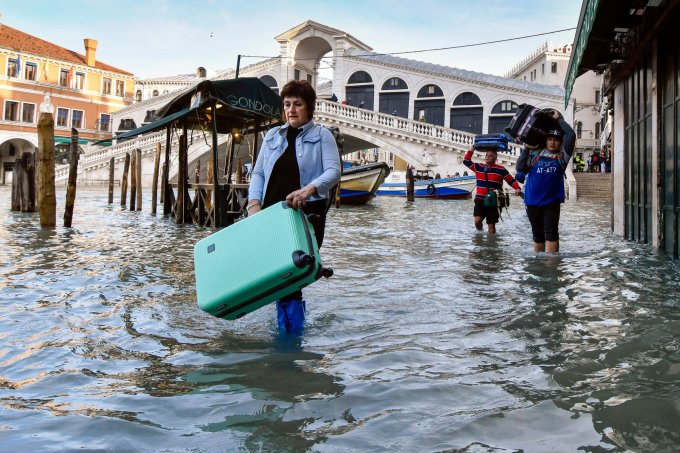
Tourists carry their luggage through floodwaters in Venice on December 23, 2019. Photo: AP
Although Venetians seem to be used to floods, what worries them is the depth of the water and the increasing frequency of floods every year.
Bich Phuong (According to SCMP )
Source link














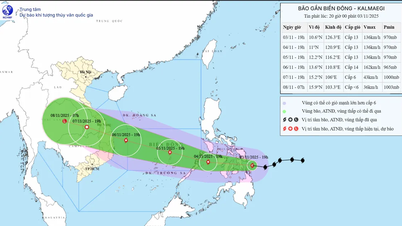
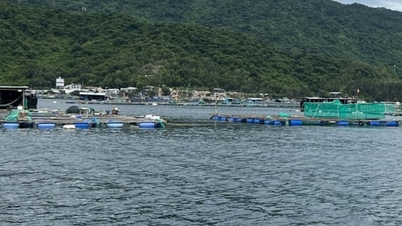
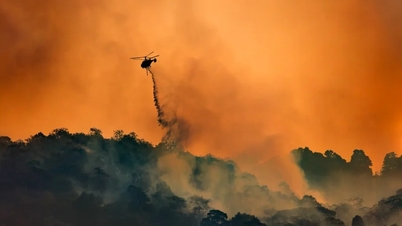









![[Photo] Discover Con Ho on the Co Chien River](https://vphoto.vietnam.vn/thumb/402x226/vietnam/resource/IMAGE/2025/11/05/1762321199846_1-64-jpg.webp)

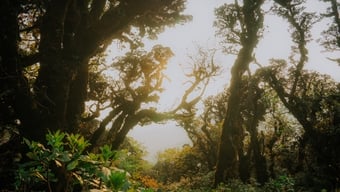









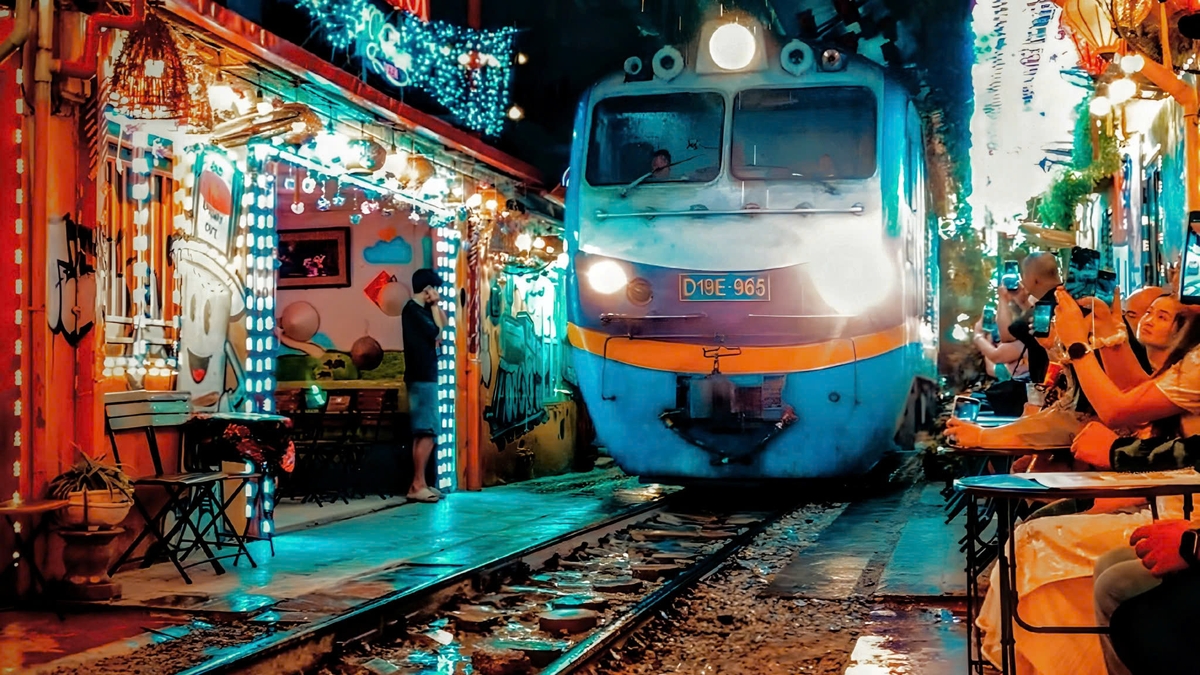
![[Photo] Panorama of the Patriotic Emulation Congress of Nhan Dan Newspaper for the period 2025-2030](https://vphoto.vietnam.vn/thumb/1200x675/vietnam/resource/IMAGE/2025/11/04/1762252775462_ndo_br_dhthiduayeuncbaond-6125-jpg.webp)
![[Photo] Opening of the 14th Conference of the 13th Party Central Committee](https://vphoto.vietnam.vn/thumb/1200x675/vietnam/resource/IMAGE/2025/11/05/1762310995216_a5-bnd-5742-5255-jpg.webp)






















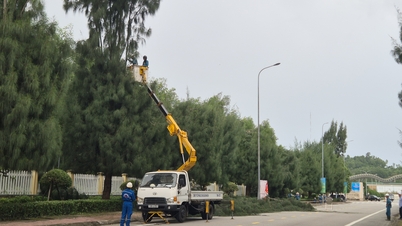






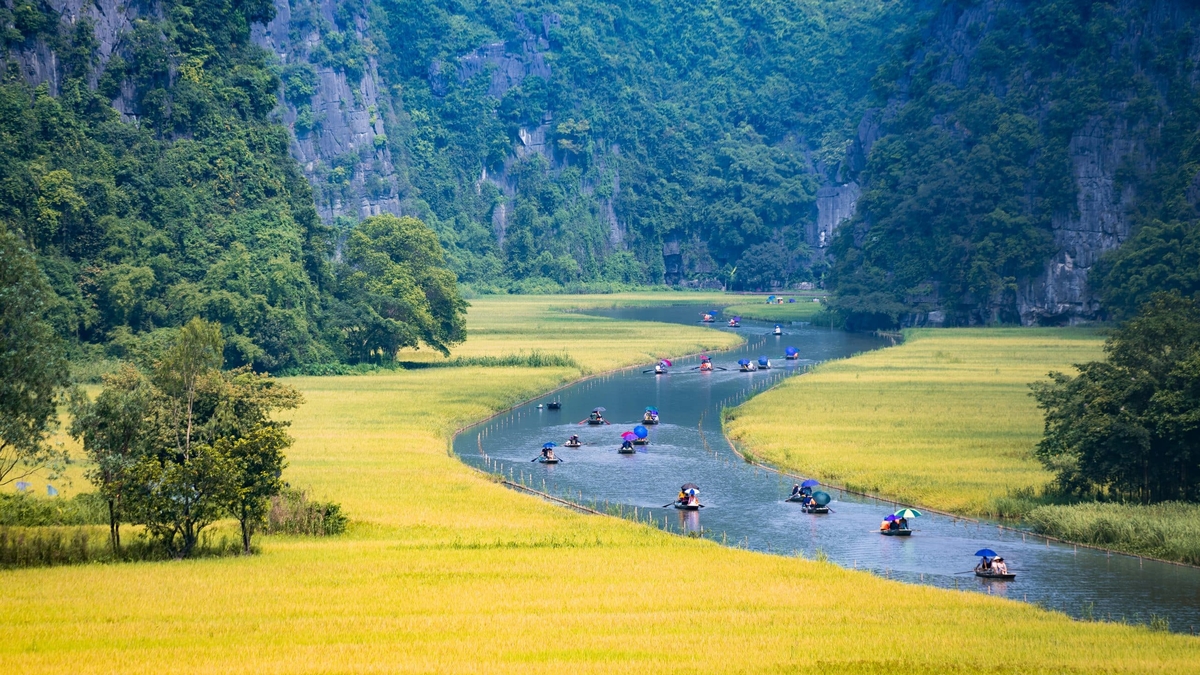
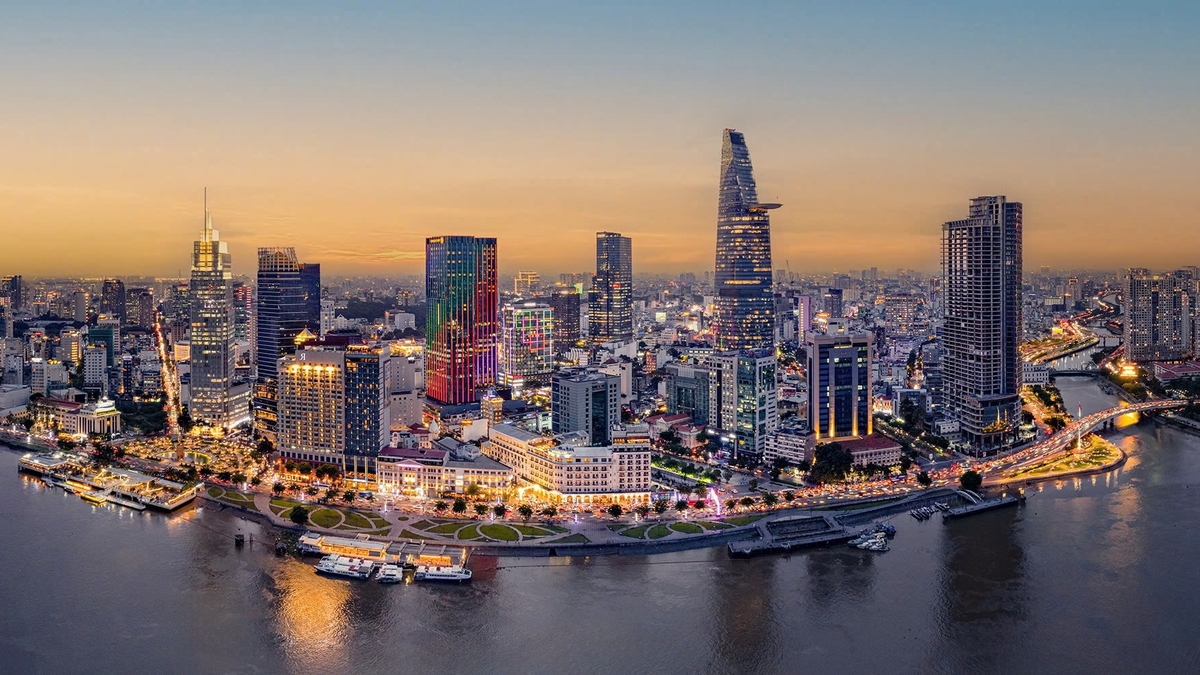
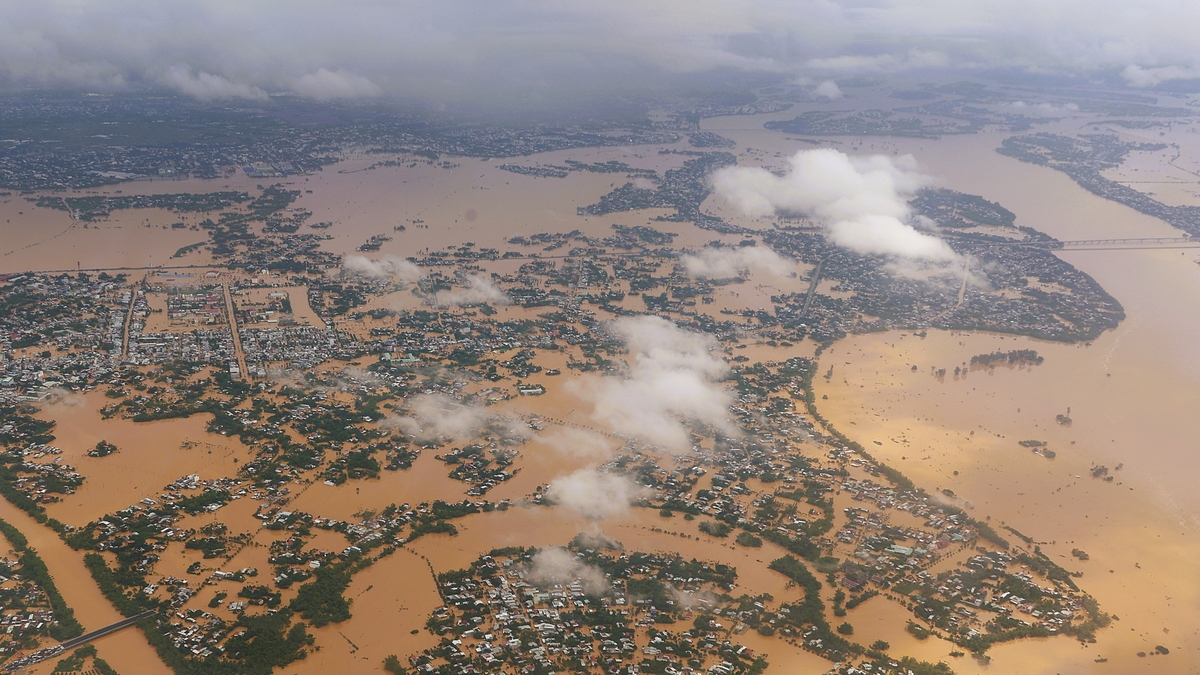
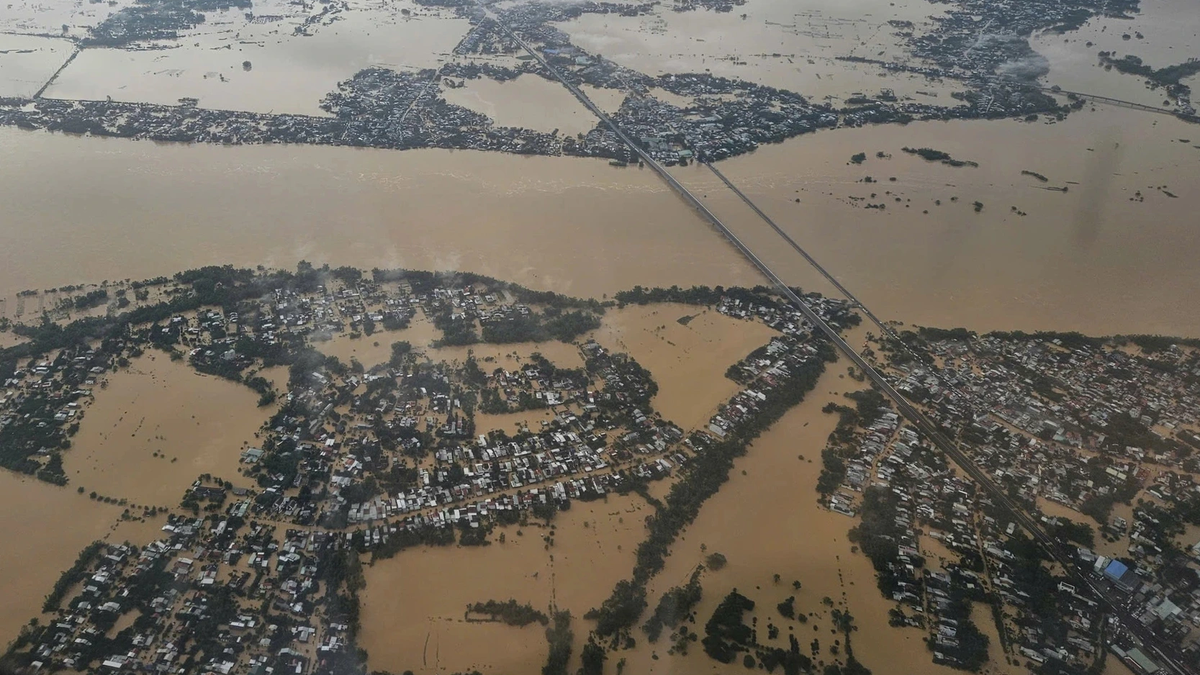




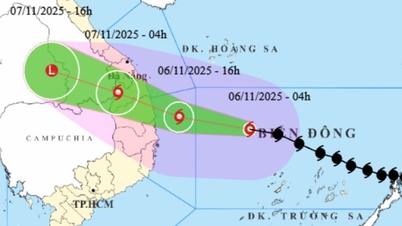











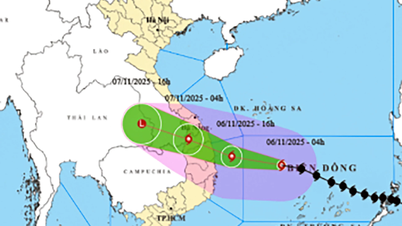







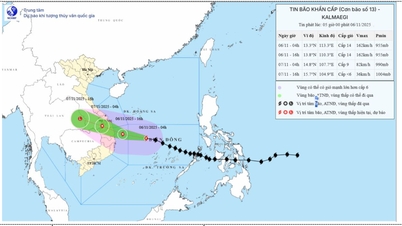

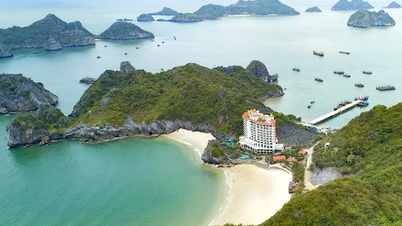















Comment (0)